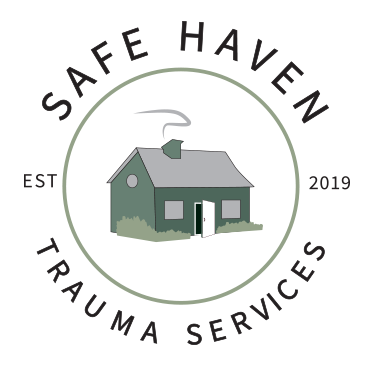CRM
Comprehensive Resource Model (CRM) is a heart-centered model of trauma therapy that was developed by Lisa Schwarz, M.Ed., a licensed psychologist. It is a model of trauma therapy that uses brain- and body-based safety as the basis of healing. Lisa developed this model for the most complex and traumatized clients, including those with Dissociative Identity Disorder and Otherwise Specified Dissociative Disorder, Complex PTSD, attachment issues, and gestational trauma. Lisa developed this model after seeing clients with complex symptoms and histories going into states of overwhelm, flooding, severe abreaction, or dissociation that prevented them from processing deeply traumatic experiences and experiencing long-term change. CRM provides neurobiological scaffolding that enables your brain to connect to a sense of safety to override automatic fear responses. It allows your brain to know the difference between past and present, which allows your to be present during trauma processing and fully orient toward trauma material to remember, reprocess, and release deep shame, terror, disgust, rage, and grief. It allows one to remember and face the “truth of ones life,” to reconnect to your true self and live free of the pain from the past. CRM incorporates seven primary resources and five secondary resources that are used throughout CRM treatment. These resources impact the part of the brain that perpetuates defense responses and prevents feelings of connection and safety. Through resourcing feelings of connection and safety are restored, which facilitate trauma processing. These resources include elements of breath work, attachment resourcing, skills in somatic embodiment, spiritual resourcing, imagery, among others. Eye- positions are used to anchor you in resources during trauma processing, which prevents dissociation, flooding, and overwhelm. CRM includes effective interventions from a variety of modalities and practices. Each can be used with a variety of other modalities including EMDR, hypnosis, somatic modalities, among others to safety address traumatic material.
What’s different about CRM?
-Resourcing is used along-side trauma processing. In session, it often creates enough brain- and body- based safety to allow trauma material to come to the surface. It’s not just the feel-good stuff, rather it facilitates processing in a safe way.
-Obstacles and blocks to treatment and worked with directly.
-Although the therapeutic relationship is a vital part of treatment, CRM works to develop a secure relationship with self to create a sense of empowerment rather than dependency on the therapist. Resourcing is taught from the beginning of treatment and clients are coached to use resources as activation comes up between sessions for self-regulation to develop internal sense of trust in self.
-Multiple layers of resources are used a scaffold for trauma processing and are anchored through eye- movements.
More information about CRM can be found here.

